Google Is Redefining 3D Tech at the New African American History Museum
Next spring, visitors will interact with artifacts beyond those in the physical exhibitions
Google engineer Travis McPhail was initially puzzled when Lonnie Bunch, the founding director of the National Museum of African American History and Culture, explained in a meeting with the Black Googler Network his mission to redefine what it means to be a museum in the modern age. But after hearing more about the director’s vision of telling the history of America through the African-American lens, the software engineer at Google was hooked.
“I wanted to help see this 100-year story to completion,” says McPhail, adding that the museum is a history of his own family, of his parents and his grandparents. "The museum is at the core of the identity of this nation," he says, referencing the century-long effort to establish a national museum of African-American history.
To help bring Bunch’s vision to life, McPhail and his team of eight Google employees from the Black Googler Network and allies from other sections of the company are building a 3D interactive exhibit wall for the museum that will allow visitors to access more of the museum's collections beyond those that are on view in the galleries.
Dubbed Project Griot, the wall of touch screens will allow visitors to interact with the objects that have been scanned and made available in 3D representations. They’ll be able to rotate the scanned images and view the 3D objects from multiple angles. In some cases other media, such as video, text and images, will be overlayed on the scanned objects to provide greater historical context.
“This interactive, at its core, is to help the museum tell more stories,” he says.
The exhibition, which will debut in the spring of 2017, will usher the Smithsonian Institution into the age of the modern museum—this technology is the first of its kind—but it also presents a solution to a common issue in the museum world. Due to space constraints or conservation concerns, most museums can only display a fraction of the artifacts that they have in their collections, but this technology will allow the National Museum of African American History and Culture to share more of its collection with its visitors.
“What we’re providing is a framework so that the curators of the museum can scan new artifacts as new exhibits roll in and out so that people can see more artifacts that the museum traditionally would not present to the public,” explains McPhail, who serves as a senior software engineer and project lead for Google Maps. He finds time to work on this project through Google’s 20% Policy, which allows employees to spend 20 percent of their working time on personal passion projects. He is also involved in a Google Expedition project that will detail the historic Civil Rights march route between Montgomery and Selma, Alabama.
Google.org, Google’s philanthropic arm, is one of the museum’s milestone donors, having gifted the museum a one million dollar grant, but they aimed to do more than give money.
“We wanted to pioneer some tech to help the museum push boundaries. To me that’s the real win,” says McPhail.
With the help of the museum's advisory council, Google has developed a Google Expediton project that will take students on a virtual journey on the historic Civil Rights march route between Selma and Montgomery, Alabama. The expedition will launch online and in the Expeditions app later this week.
The National Museum of African American History and Culture opens September 24, 2016. The Project Griot exhibition opens March 2017.
/https://tf-cmsv2-smithsonianmag-media.s3.amazonaws.com/accounts/headshot/DSC_0154.JPG.jpeg)
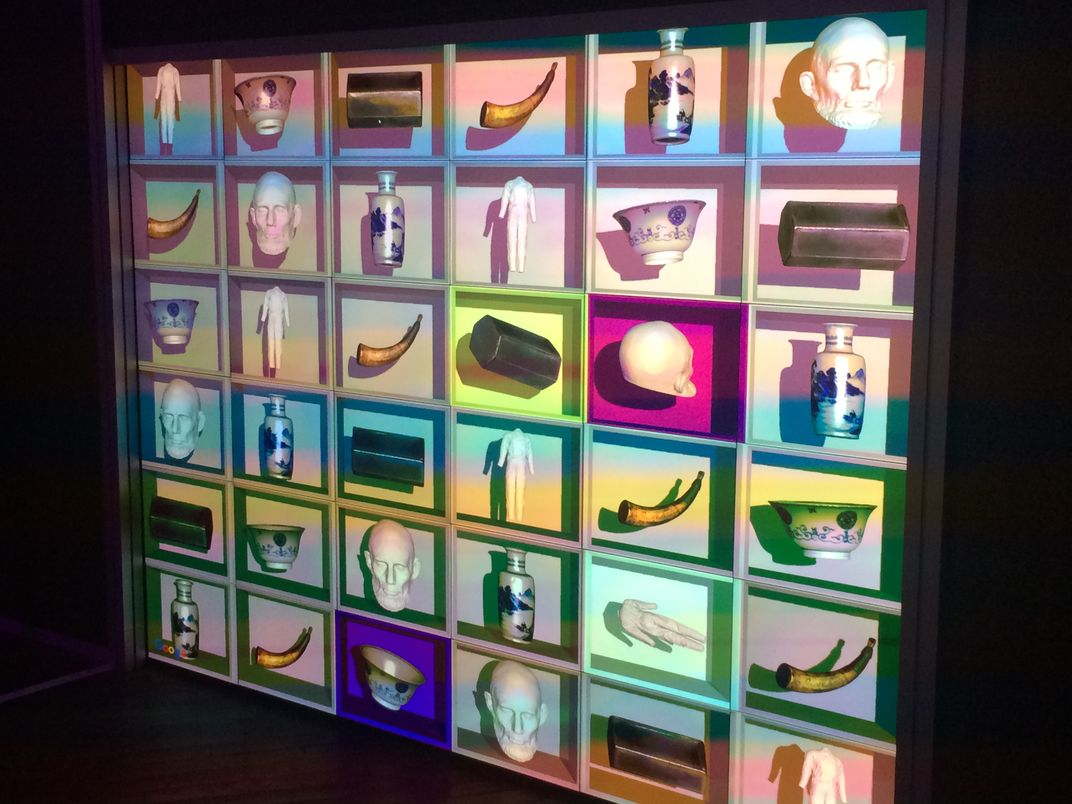

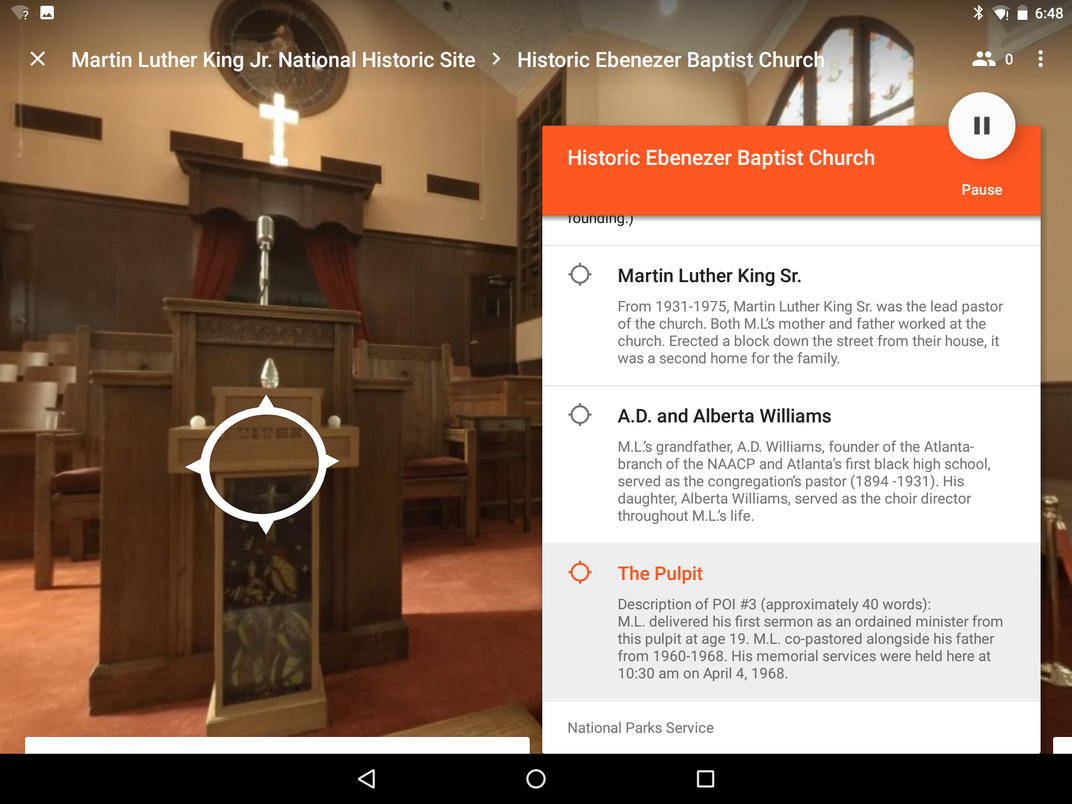
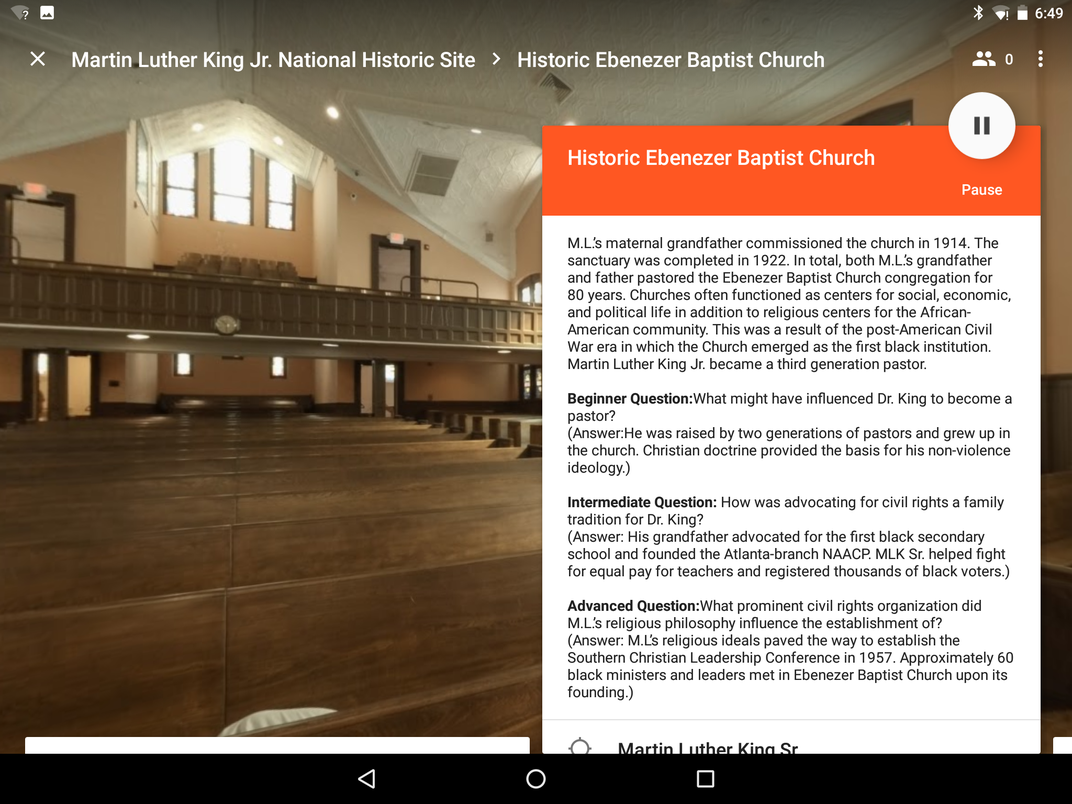
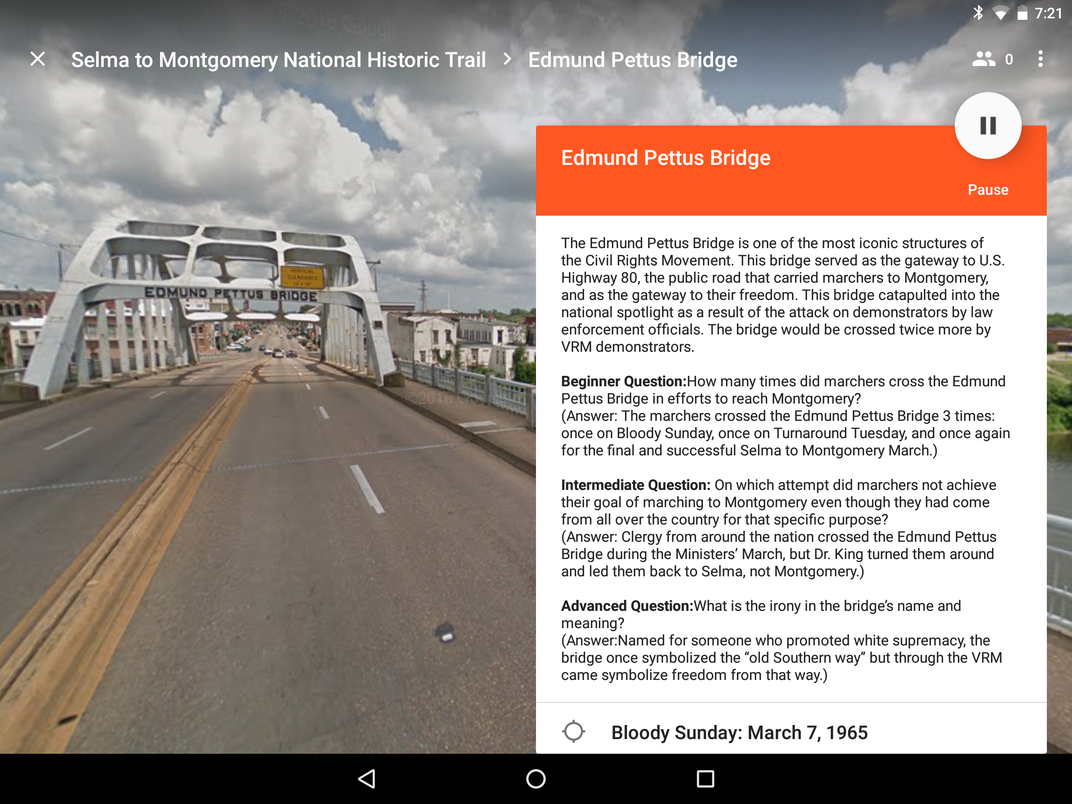
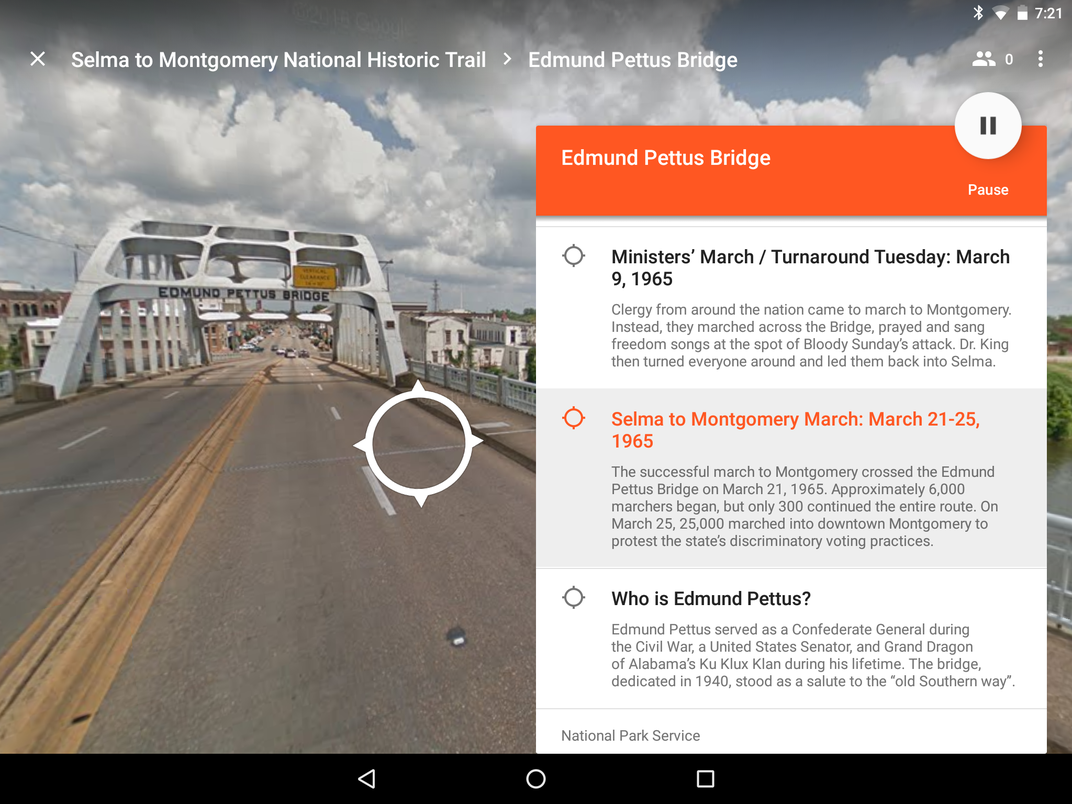
/https://tf-cmsv2-smithsonianmag-media.s3.amazonaws.com/accounts/headshot/DSC_0154.JPG.jpeg)